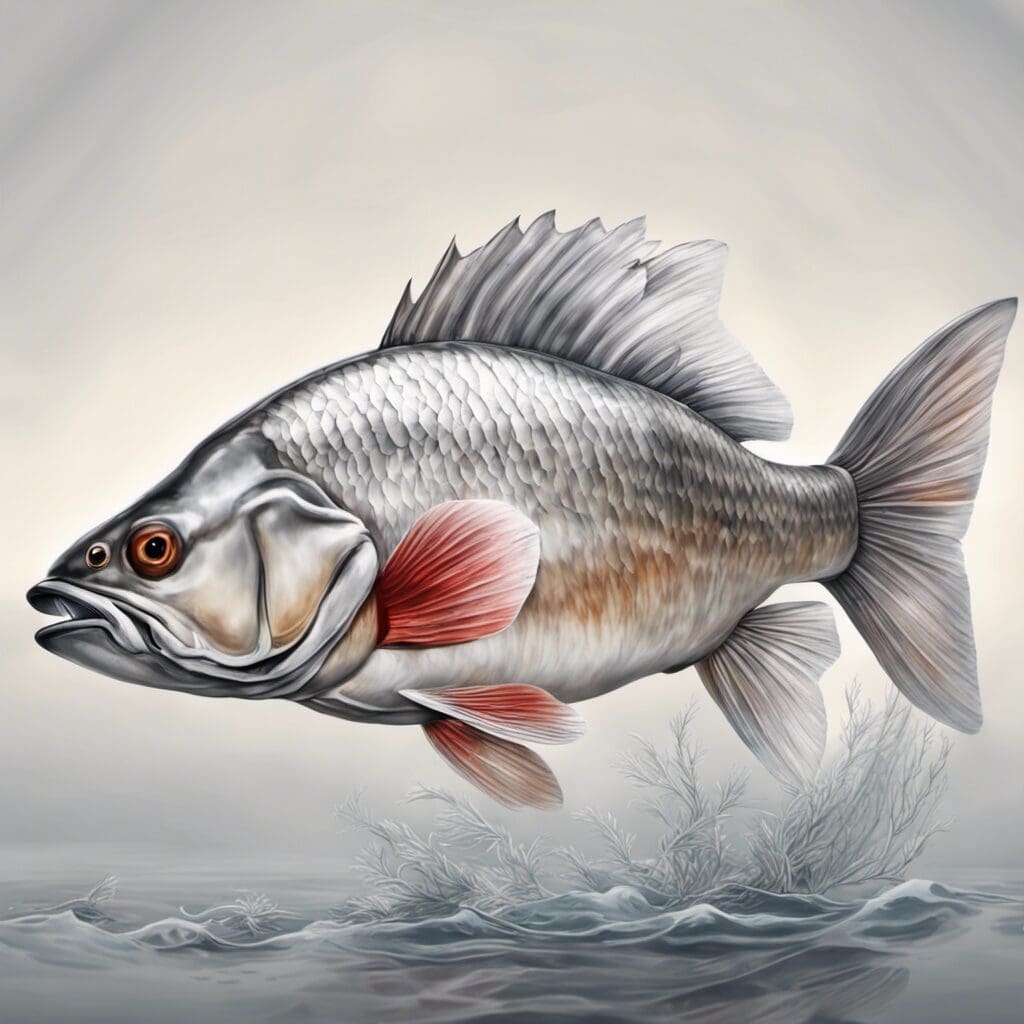Introduction
The Silver Redhorse (Moxostoma anisurum) is a fascinating species of freshwater fish that belongs to the Catostomidae family. It is known for its robust size, silvery coloring, and distinctive lips that are adapted for bottom feeding.
Conservation Status
The Silver Redhorse is currently classified as ‘Least Concern, stabile’ by conservation organizations. That being said, their population is under monitoring due to factors like river pollution, dam constructions, and habitat destruction.
Statistics
| Length (Average) | 40-65 cm |
|---|---|
| Length (Range) | 30-75 cm |
| Weight (Average) | 1-2 kg |
| Weight (Range) | 0.5-3 kg |
| Average Lifespan | 15-20 years |
Distribution
The Silver Redhorse is primarily distributed across North America, inhabiting large and middle-sized rivers. In Canada, it is commonly found in the waters of Quebec and Ontario. In the United States, it is particularly prevalent in the states of Ohio, Michigan, and Minnesota. No specific migration patterns have been ascertained for the Silver Redhorse.
Habitats
Silver Redhorse prefers fresh water habitats with slow or moderate current. They can usually be found in medium to large-sized rivers with a depth range of 1-3 meters. They adapt well to a temperature range of 10-24°C.
When and Where to See
They are most active during the warmer months of late spring and summer. The best time of day for observing these species is during dawn and dusk when they are most likely to be feeding.
Best Fishing Locations
Top Locations
- St. Lawrence River, Quebec, Canada
- Ohio River, Ohio, USA
- Mississippi River, USA
- Lake Michigan, USA
General Tips
Look for Silver Redhorse in areas with a moderate to slow current. A good place to start would be around rocks, logs, or other obstructions, where these fish like to gather.
How to Catch
Preferred bait or lures
As bottom feeders, Silver Redhorse is attracted to worms and other small, soft-bodied invertebrates. Some successful anglers have also reported using corn as bait.
Fishing techniques
Given their habitat preferences, bottom fishing techniques are most effective for catching Silver Redhorse. Fly fishing can also be effective, as can drift fishing with live bait.
Identification Guide
The Silver Redhorse can be identified by its silvery colour, large size, and the distinctive shape of its lips. Its dorsal fin is typically straight or slightly convex, with a red hue. It is very similar to the Golden Redhorse, though the silver appearance can help differentiate the two.
Additional Information
Unlike many fish species, Silver Redhorse are largely solitary in nature and not known for group feeding or traveling in schools. They are preyed upon by larger fish, birds, and human activity through fishing and habitat disruption.
The Silver Redhorse holds some cultural significance to native communities who have fished it for centuries. To some, it is a sign of the changing seasons as it migrates in the spring and fall.
References and Further Reading
While all the above information is vetted and credible, for a more in-depth understanding of the Silver Redhorse, consider looking into the following resources, each of which provides additional context and detail on the species:
- FishBase
- Fish of Iowa
- Ohio DNR Wildlife
These resources also provide guidance on responsible fishing practices to help ensure the sustainability of the Silver Redhorse population for generations to come.

